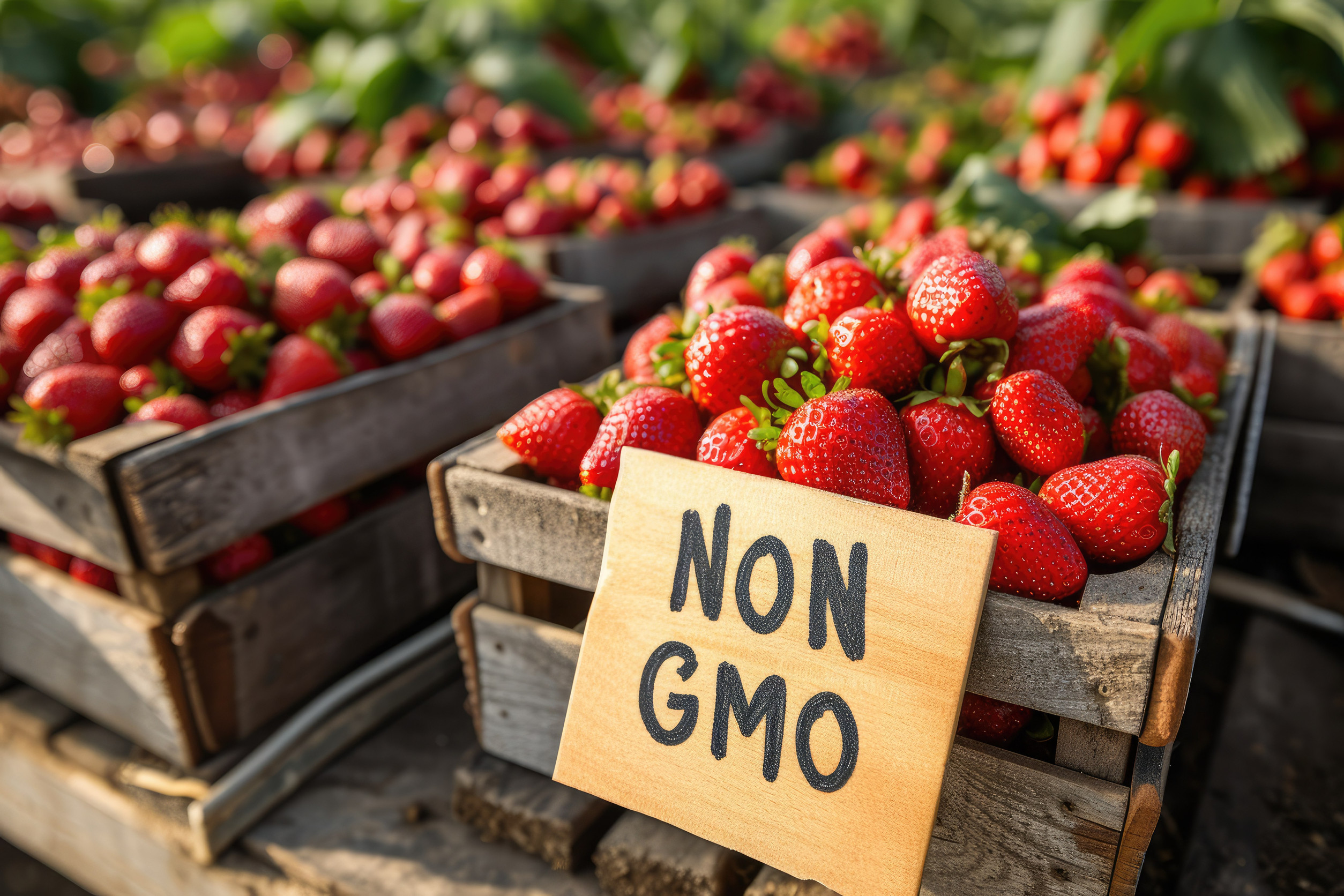
Whether you love them or avoid them, genetically modified fruits—better known as GMOs—have become impossible to ignore. From apples that don’t brown to papayas that resist disease, GMO fruit has quietly made its way onto grocery store shelves around the world. Yet confusion remains high, and misinformation spreads faster than ever. Are they safe? Are they necessary? Here are ten essential facts every consumer should know about GMO fruit before making their next grocery run.
1. GMO Fruit Isn’t New—It’s Been Around for Decades
Many people think genetically modified fruit is a recent invention, but the first GMO fruit hit the market in the 1990s. The Flavr Savr tomato, designed to stay firm longer, was approved by the FDA in 1994. While it didn’t last commercially, it paved the way for other crops like papayas and apples. Scientists have been developing GMO fruit for over 30 years, refining the process with modern biotechnology. In other words, this isn’t an experiment—it’s an evolution of agricultural science.
2. Not All Fruit in Stores Is Genetically Modified
Despite the hype, most of the fruit in your grocery store isn’t genetically modified. In fact, only a few GMO fruits are commercially available in the U.S., including papaya, Arctic apples, and some varieties of pineapple and plums. Bananas, strawberries, and blueberries—common GMO suspects—are not genetically engineered. Mislabeling and online rumors often fuel consumer confusion. When in doubt, check for the Non-GMO Project Verified or USDA Organic label for reassurance.
3. GMO Doesn’t Mean “Sprayed With More Chemicals”
A major misconception about GMO fruit is that it’s drenched in pesticides—but that’s not always true. In many cases, genetic modification actually reduces the need for chemical sprays. For example, the Rainbow papaya was engineered to resist the ringspot virus naturally, cutting down on pesticide use. The goal is to make fruit more resilient, not more artificial. In fact, several GMO crops have helped farmers lower their overall chemical footprint.
4. GMO Fruits Go Through Rigorous Safety Testing
Before a genetically modified fruit ever reaches your plate, it goes through years of safety assessments by organizations like the FDA, EPA, and USDA. Scientists examine everything from nutritional content to potential allergens. Each product must meet the same safety standards as conventional food—and in some cases, even higher ones. Studies show that GMO fruits are just as safe as their non-GMO counterparts. The “Frankenfruit” myth simply doesn’t match up with the data.
5. The Arctic Apple Doesn’t Turn Brown—By Design
One of the most well-known GMO fruits is the Arctic apple, which was modified to resist browning when sliced. It doesn’t mean it’s fake—it simply has a gene turned off that slows oxidation. This innovation reduces food waste, since consumers are more likely to eat apples that look fresh. It’s a perfect example of how GMO fruit can solve everyday problems. For anyone who loves prepping snacks ahead of time, this one’s a win.
6. GMO Doesn’t Always Mean “Unnatural”
Every fruit you eat today—GMO or not—has been genetically altered through selective breeding over thousands of years. The difference is that genetic modification is a more precise, targeted method. Instead of decades of crossbreeding, scientists can isolate a single gene responsible for a specific trait, like disease resistance or longer shelf life. The result is faster progress with fewer unintended side effects. In many ways, GMOs simply speed up what nature and farmers have always done.
7. GMO Fruit Helps Farmers Around the World
For many developing countries, genetically modified crops have been a lifeline. Disease-resistant papayas in Hawaii, for instance, saved the entire industry from collapse in the 1990s. Similarly, GMO bananas are being developed to combat devastating fungal infections in Africa. These innovations help farmers reduce losses, stabilize income, and ensure a consistent food supply. While the technology started in labs, its impact reaches farms—and families—globally.
8. GMO Labeling Is Now Mandatory in the U.S.
As of 2022, the U.S. Department of Agriculture requires all genetically modified foods to be labeled under the National Bioengineered Food Disclosure Standard. You might see the term “bioengineered” on fruit packaging instead of “GMO.” This transparency allows consumers to make informed choices, regardless of personal beliefs. However, many shoppers miss these small labels or confuse them with marketing claims. If you care about what’s in your food, start reading those fine-print details.
9. GMO Research Extends Beyond Nutrition
Scientists aren’t just modifying fruit for size, sweetness, or shelf life—they’re tackling bigger problems. Some research focuses on making fruit crops more resilient to climate change by improving drought tolerance and heat resistance. Others aim to enhance nutritional value, like adding more vitamins or antioxidants. Imagine a banana that fights iron deficiency or a strawberry that lasts twice as long without refrigeration. GMO technology has the potential to transform both farming and global health.
10. The Real Debate Is About Trust, Not Science
At the heart of the GMO conversation isn’t just biology—it’s belief. Many people distrust large corporations that profit from biotech agriculture, even when the science is sound. That skepticism is understandable, especially given past industry scandals in food production. But it’s important to separate the science of GMOs from the business of GMOs. Understanding how these fruits are developed—and who benefits—empowers consumers to make smarter, more confident choices.
The Future of Fruit May Be Genetically Designed
Love them or hate them, GMO fruits aren’t going anywhere. As climate pressures grow and global demand for food increases, scientists will continue to use genetic tools to make crops more efficient and sustainable. The challenge now is ensuring transparency and trust between producers and the public. Whether you prefer “natural” or “bioengineered,” the future of fruit will likely involve a little science—and a lot of debate.
Would you buy genetically modified fruit if it meant fewer pesticides and longer freshness? Share your thoughts in the comments below.
What to Read Next
- 8 Popular Brands That Quietly Removed Their “Non-GMO” Labels
- 12 Fruits That Are Most Often Overpriced Per Ounce
- 8 Reasons GMOs Are Perfectly Healthy
- 6 Reasons You Should Never Buy Cut Fruit From The Grocery Store
- Why Some Pre-Cut Fruits Might Be Sprayed with Preservatives You’ve Never Heard Of
The post Here Are 10 Things You Need to Know About GMO Fruit appeared first on Grocery Coupon Guide.







